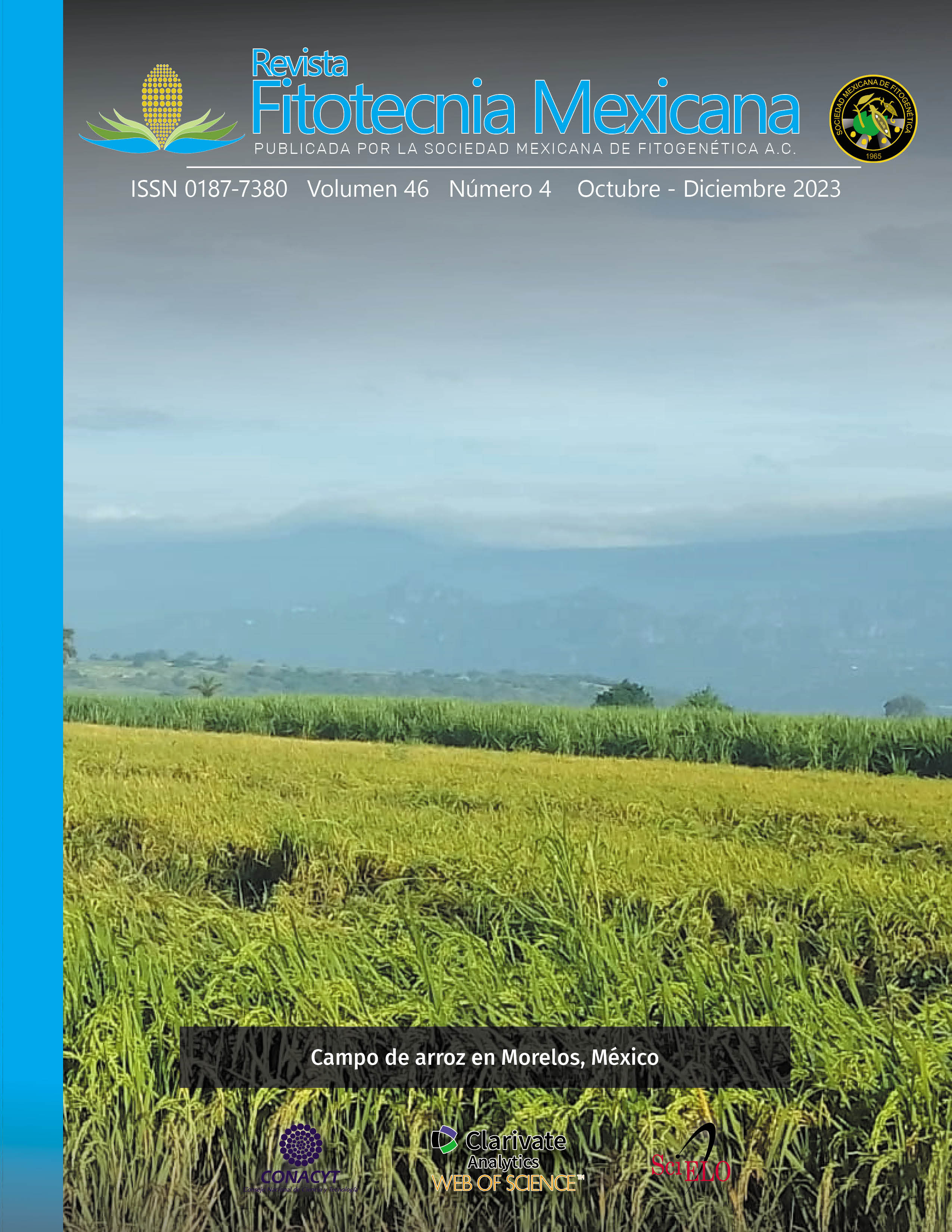GRAFTED PLANTS OF Pinus patula SCHIEDE ex SCHLTDL. et CHAM. FOR CUTTINGS PRODUCTION
Main Article Content
Abstract
Pine grafts used as mother plants represent an alternative to massive propagation through adventitious sprout induction. The aim of this study was to evaluate the effect of graft and genotype on the induction and development of sprouts when used as cuttings from Pinus patula mother plants and their subsequent rooting. To induce the sprouts, pruning was applied to the terminal bud of the genotypes of P. patula G105, G106, G114 and G115, and two-year non-grafted plants, resulting in five treatments that were distributed in a randomized complete block experimental design. Subsequently, sprouts were harvested for rooting. In sprouts induction, the percentage of mother plants that formed sprouts, as well as number, length (cm) and diameter (mm) of the sprouts were evaluated. At rooting, alive and rooted cuttings were counted (%). Differences were detected in variables evaluated (P ≤ 0.05). The genotype affected the onset time of sprouts formation. The non-grafted plants developed the highest average number of sprouts per mother plant (7.5). The sprouts of G114 and G106 presented the highest growth in length (6.0 cm) and diameter (5.1 mm), respectively. At the rooting stage, the sprouts of non-grafted plants showed 100 % survival and 20 % rooting. Survival of sprouts from grafted plants was between 50 and 75 %, whit no rooting at all. Genotype influenced the sprouts morphology and rooting occurred only in sprouts from non-grafted plants.

